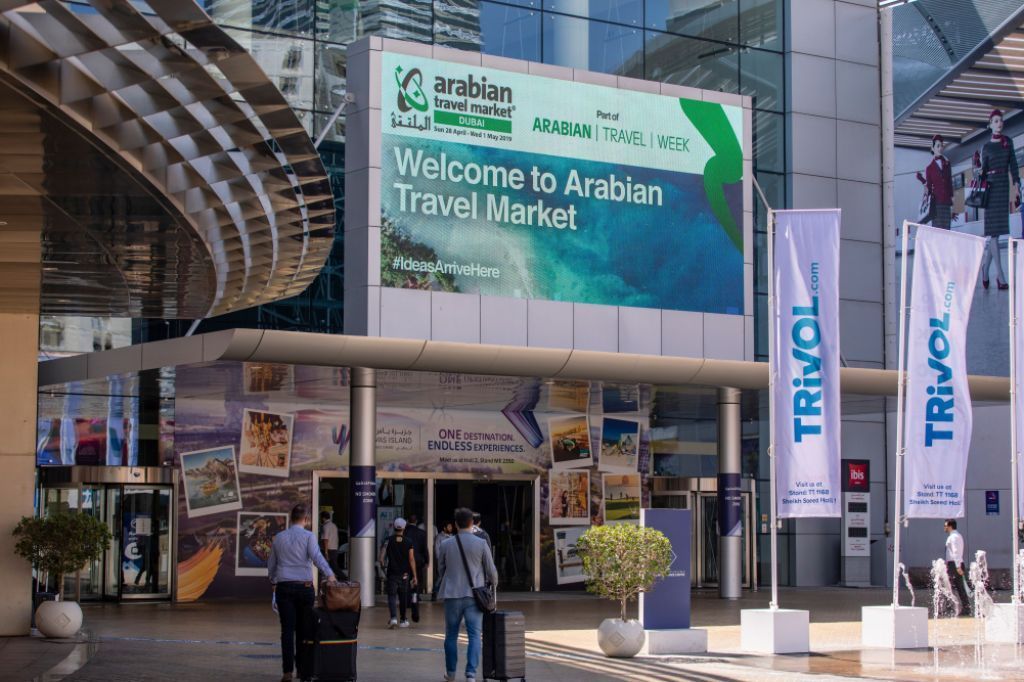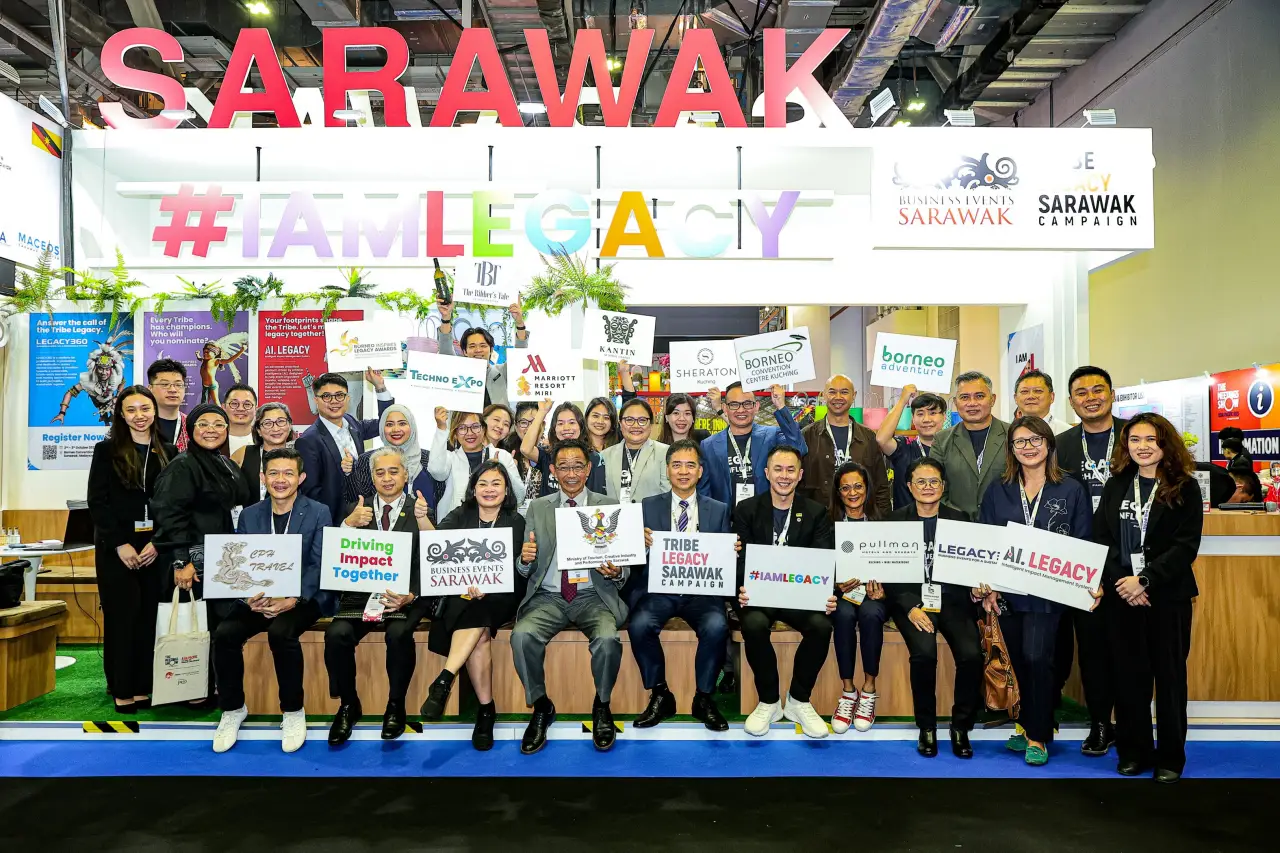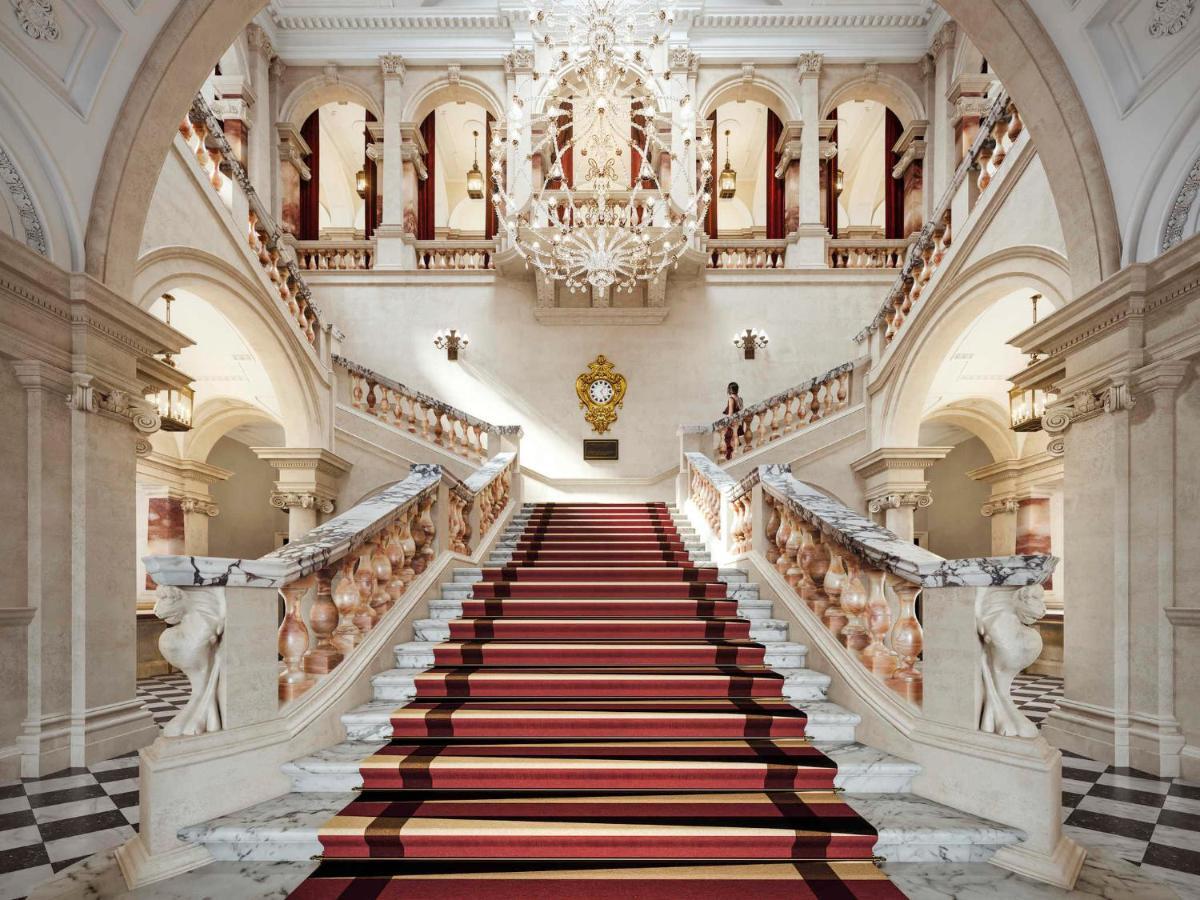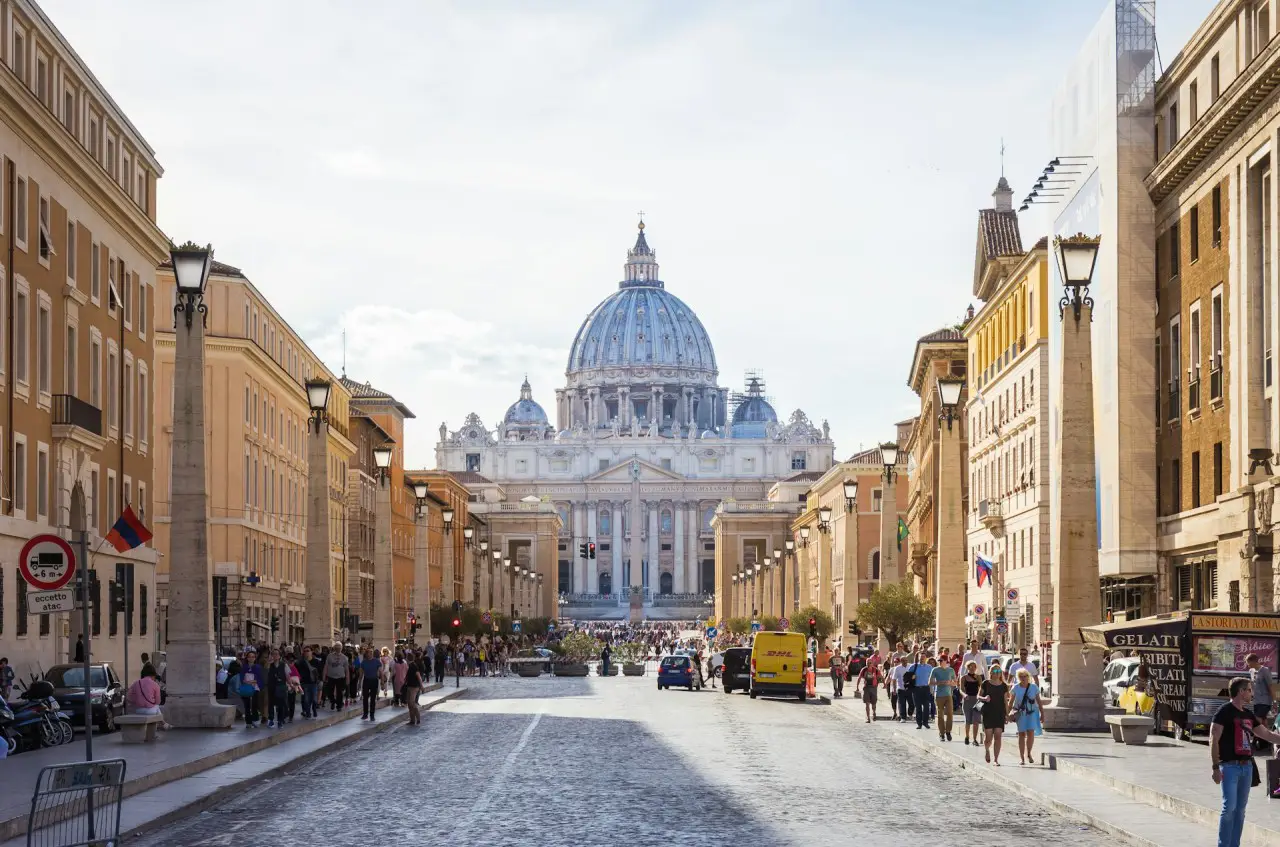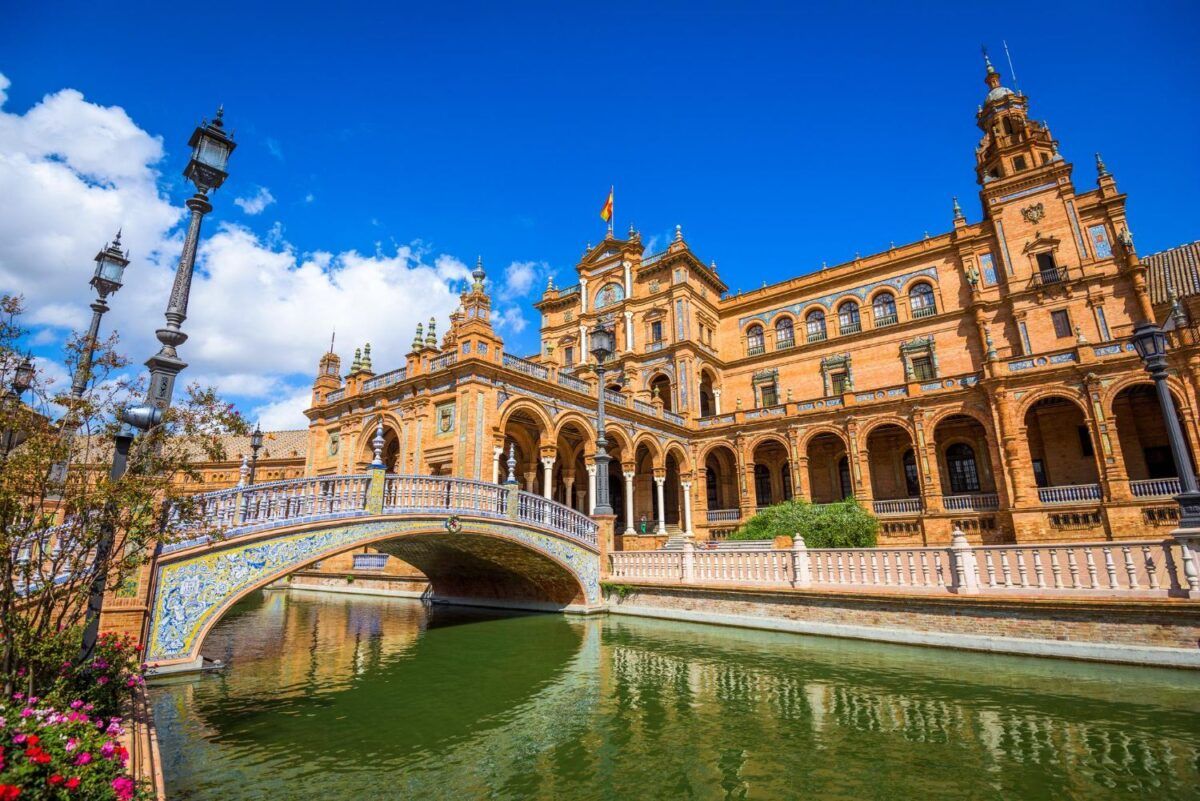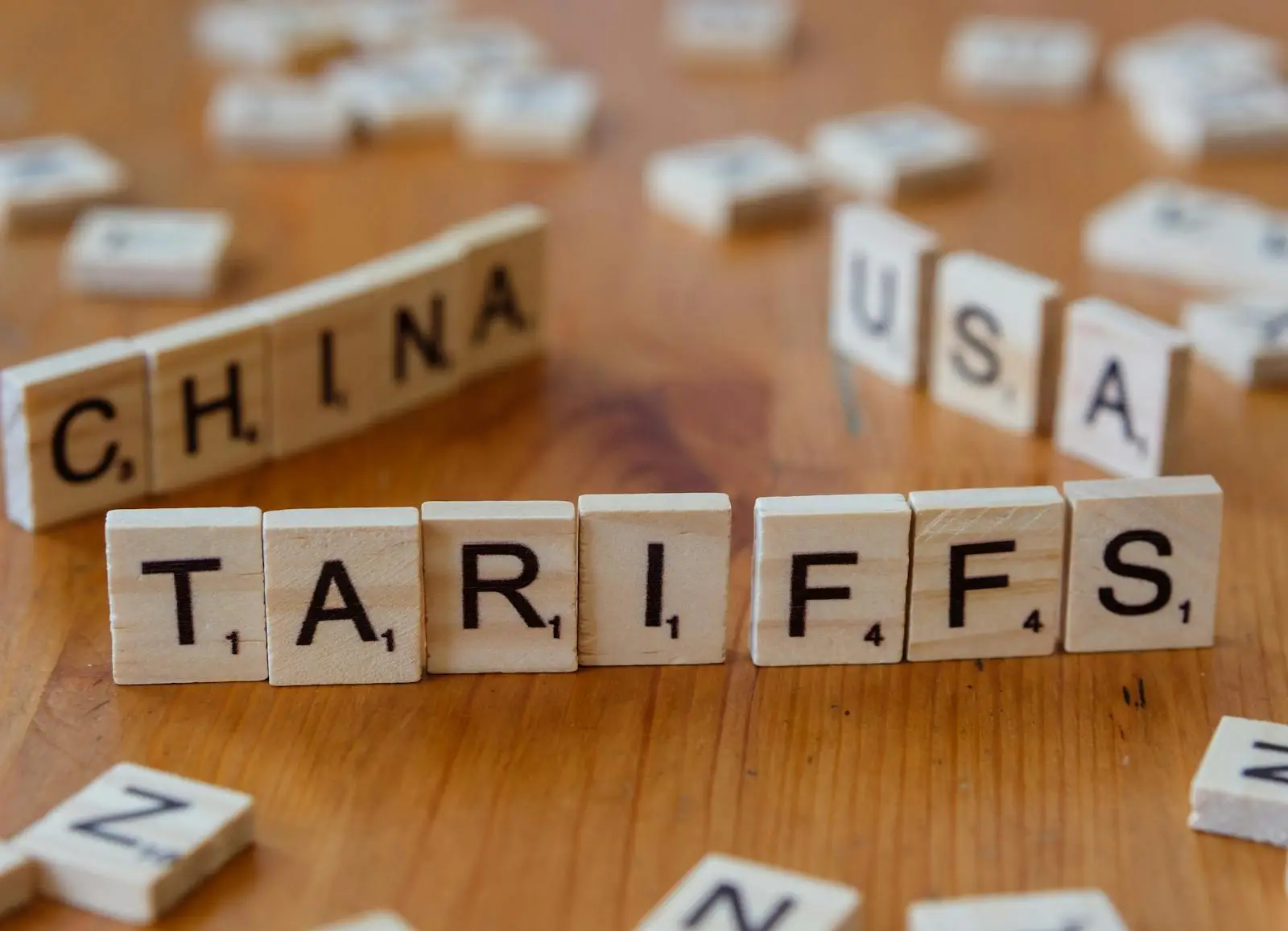VisitScotland announced the launch of Gaelic Tourism Strategy for Scotland that aims to increase promotion and access to Gaelic as part of the Scottish visitor experience.
Cabinet Secretary for Culture, Tourism and External Affairs, Fiona Hyslop officially launched the Gaelic Tourism Strategy for Scotland 2018-2023 at The Scotch Whisky Experience in Edinburgh alongside Lord Thurso, Chair of VisitScotland and Shona Niclllinnein, Ceannard (CEO) of Bòrd na Gàidhlig.
The plan encourages boosting awareness and the use of Gaelic within the tourism industry through increased business and visitor engagement.
It lays out that the language and its associated culture provide Scotland with a unique selling point and an opportunity to develop and communicate the Gaelic related tourism offer more effectively to visitors.
VisitScotland has developed the strategy alongside representatives from the private sector and partners including the Scottish Government, Highlands & Islands Enterprise and Historic Environment Scotland.
Gaelic is part of daily life in Scotland and has been for generations. As a unique aspect of Scottish culture and heritage, Gaelic can provide an extra layer to the authentic Scottish experience and to Scotland’s many visitors. The VisitScotland Visitor Survey in 2016 found that, with no prior promotion, 34% of respondents felt that Gaelic, as a national language of Scotland, enhanced their visit and they would like to find out more about it.
Cabinet Secretary for Culture, Tourism and External Affairs Fiona Hyslop, said, “I’m pleased to officially launch Scotland’s first Gaelic Tourism Strategy for 2018-2023. Gaelic is deeply rooted within Scotland’s culture and heritage, including our music, place names, poetry, and more. The Scottish Government is committed to securing the future of the Gaelic language and this strategy focuses on the potential Gaelic has to add to the authentic experience we provide for our visitors.
“Tourism is one of our key growth sectors and, by increasing the profile of Gaelic in our tourism industry, we not only provide an authentic Scottish experience, but we also benefit the economy through attracting even more visitors to Scotland. This strategy aims to harness that potential.”
VisitScotland Chair, Lord Thurso said, “I am thrilled to welcome the Gaelic Tourism Strategy for Scotland as a part of our ongoing support of the Gaelic language. It gives a chance for visitors to delve further into Scotland’s story past and present.
“It is vital that Scotland is able to provide a memorable and unique visitor experience to keep up with ever-changing consumer demands and Gaelic has the potential to be a key – but as yet under used – ingredient in the Scottish tourism and cultural offer.
“VisitScotland looks forward to engaging with partners and businesses to develop and market Gaelic as a tourism tool.”
Julie Trevisan-Hunter, Marketing Director, The Scotch Whisky Experience, Edinburgh, said, “Our visitors learn that Bunnahabhain means “mouth of the river”, Caol Ila, deriving from Caol Ìle, “sound of Islay” and so on. By the time you have learned the meaning of the Islay distilleries you have a perfect description of the island itself… the Gaelic names describing the Scottish landscape creates a memory of the sense of place that would otherwise be missed.
“If our guests only learn the name without discovering its Gaelic meaning the visual sense and legacy are lost. We hope that what they have seen and learnt with us will encourage them to travel further afield having realised that there is so much more to discover.”
The Gaelic Tourism Strategy can be viewed here: www.visitscotland.org/about-us/what-we-do/working-in-partnership/gaelic-tourism-strategy
The Strategy was launched by
- Shona NicIllinnein, Bòrd na Gàidhlig Chief Executive, Fiona Hyslop, Cabinet Secretary for Tourism, Culture and External Affairs and Lord Thurso, VisitScotland Chairman.




